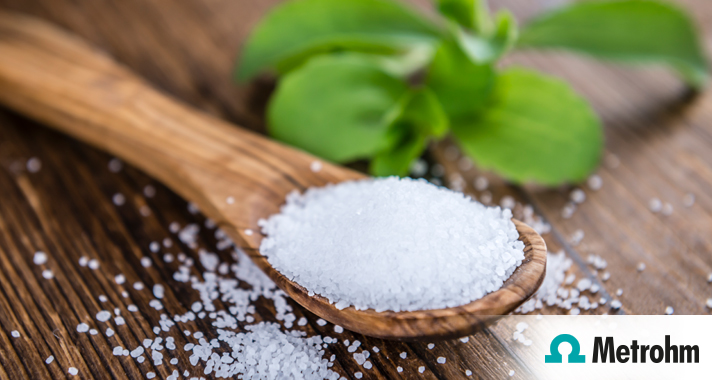Sweet, yet healthy? Let’s make sure.
Avoiding sugar has become a religion to many. This has been assisted by the rise in artificial sweeteners available and the number of products advertising “sugar free.” One of the common sources of artificial sweetener is the stevia plant, from which steviol glycosides are produced.
For successful analysis, it is important for separation to occur before the sample is activated for detection, in this case using sodium hydroxide. This activation, in conjunction with a flexIPAD potential profile allow for accurate analysis of steviol glycosides and potential contaminants.
Metrohm Ion Chromatography provides a robust analytical technique for automation of steviol glycoside analysis.









